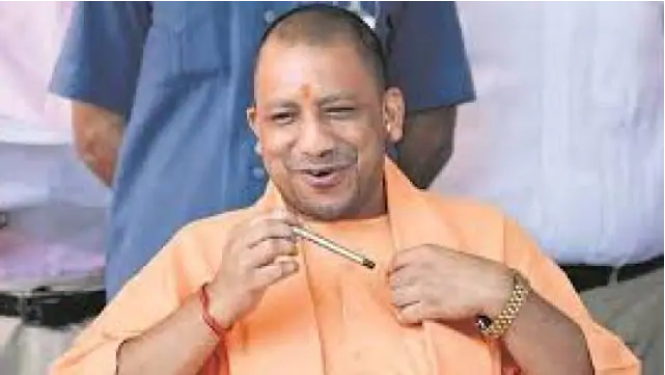The DPIIT had switched to a 100% user feedback-based assessment to rank states in 2019
An unexpected vault by Uttar Pradesh that put it 10 notches higher and an equally calamitous 15- point slide by Odisha in an ease of doing business ranking of states put together by the Central government is drawing sharp criticism. Some states and analysts faulted the industry department for relying purely on user feedback for the rankings that saw wild fluctuation.
The most surprising change was Uttar Pradesh zooming to the second spot to sit behind Andhra Pradesh. In a series of tweets, the Uttar Pradesh government credited the sharp improvement to its ‘Nivesh Mitra’ portal finding greater acceptance among businesses. The portal has received 18,120 grievances out of which 17,752 have been resolved at an “outstanding” resolution rate of 98%, the state government said.
“Maximum approval of BRAP (Business Reform Action Plan, 2019) reforms and higher user feedback satisfaction on Nivesh Mitra portal have played a critical role in achieving this milestone,” additional chief secretary Alok Kumar, was quoted as saying on the Uttar Pradesh government’s Twitter handle.
The department for promotion of industry and internal trade (DPIIT) shifted to 100% user feedback-based assessment to rank states for 2019. States were given 187 reform points for improvement in 12 business regulatory areas such as access to information, transparency, labour regulation, construction permits, single window system, inspection, tax payments, land availability and allotment, and contract enforcement. DPIIT has not yet released how states have fared in these areas.
The government of Odisha, which saw its ranking dip by 15 slots to the bottom of the table at 29th position, said it will take up the matter with DPIIT. “It is understood that the survey agency appointed by DPIIT could not complete the survey with the industries and micro, small and medium enterprises in the state and, therefore, the reforms by the state could not be accounted for. There seems to be an incongruity in the results as states that have implemented no or lesser reforms have been ranked higher than states which have implemented key reforms,” the Odisha government said in a statement.
The 2019 rankings are based on a list of users of reform processes that the states provided, a DPIIT official said under the condition of anonymity. “The minimum response we required was 20 per state. So, some states saw a dip in their rankings either because they did not provide an exhaustive list or the respondents genuinely ranked it low,” he said.
The methodology adopted by DPIIT is significantly different from what was followed by it in its first ease of doing business rating in 2014, said Jaijit Bhattacharya, president, Centre for Digital Economy Policy Research. “It would be more appropriate if the evaluation process is a mix of actual processes, user feedback, and “mystery shopping” by tracking an actual investor who is setting up a plant in a state, keeping his identity confidential,” he said.
Bhattacharya added that he is surprised about the sharp jump in Uttar Pradesh’s ranking. “We see limited uptick in Uttar Pradesh’s business environment as there is a gap in policy and implementation on ground.”
Only relying on investor feedback brings an element of subjectivity, said Arindam Guha, partner, Deloitte. “All reforms data by states should be hosted on a technology platform. So, the transaction data in the system starting from the time one applies for a licence to the time it receives approval should be the basis of ranking. That’s the most objective way of doing it,” he said.


